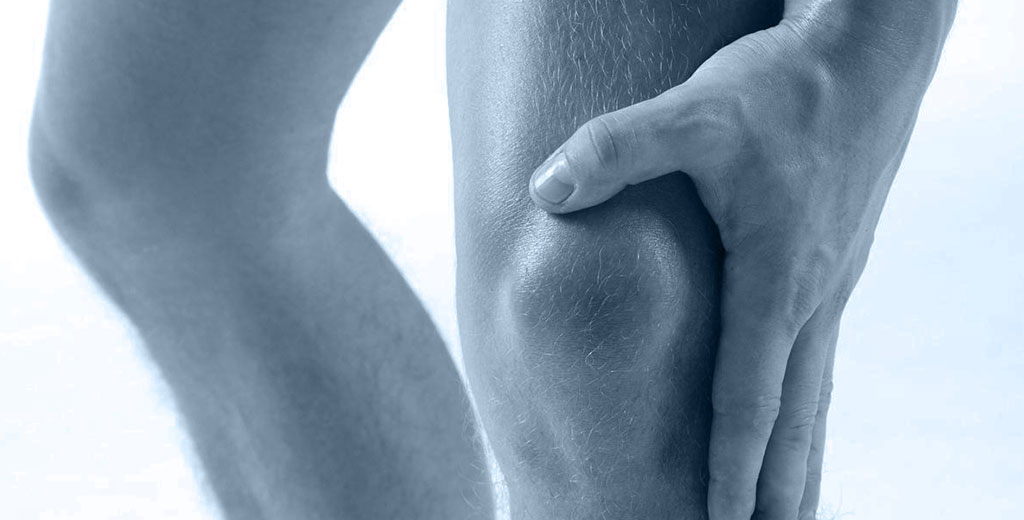Measured with Electromyography
The biceps femoris is one of the muscles most commonly injured in sports, especially in activities involving sprinting, jumping, and changes of direction. After an injury, selecting the right exercises is key to speeding up recovery and preventing relapses.
But here’s the dilemma:
How can you be sure an exercise is actually activating the biceps femoris enough to trigger neuromuscular adaptation or hypertrophy?
Many rehab and training programs are built on intuition or the “usual exercises.” The problem is that, without objective data, you may be prescribing exercises that barely activate the biceps femoris, delaying recovery and limiting strength gains. This not only slows down the return to sport but also increases the risk of reinjury and undermines the patient’s confidence in the process.
Thanks to surface electromyography (sEMG), you can now measure which exercises generate the most activation in the biceps femoris and which ones have limited impact.
In this post, you’ll discover the 9 exercises that generate the greatest tension in the biceps femoris, ranked by activation level, so you can confidently choose the ones that speed up rehab, build strength, and maximize hypertrophy.
👉 Want to learn how to design training programs based on EMG-measured muscle activation?
Contact us at mDurance and start integrating EMG into your daily practice.
Exercises for Hypertrophy and Rehabilitation of the Biceps Femoris
Based on EMG activation data, here’s a selection of exercises that will not only help you gain strength and hypertrophy in the biceps femoris but also accelerate recovery after injury and reduce the risk of relapses.
1. Nordic Hamstring Curl
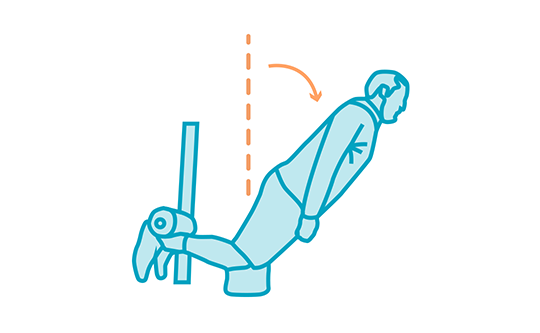
% MVC: 100%
- Protocol: 3–5 reps per set, up to 3 sets, focusing on the eccentric phase.
- Progression: Start with limited range, arm support, or elastic bands. Progress toward greater eccentric control.
- Notes: Maintain lumbopelvic neutrality and avoid hyperextending the neck. Very demanding—ideal for advanced phases.
2. Romanian Deadlift with Barbell
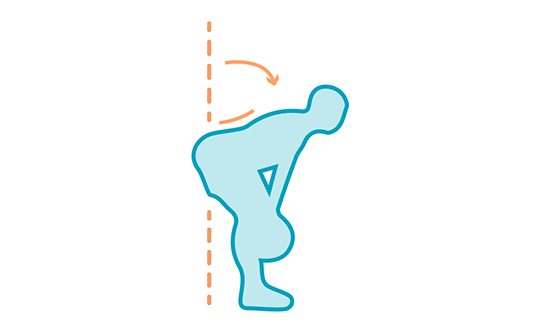
% MVC: 98%
- Protocol: 3–4 sets of 8–10 reps, emphasizing the eccentric phase.
- Progression: Start with light weight and increase gradually while maintaining technique.
- Notes: Keep knees slightly bent, back neutral, and control the full range.
3. Hamstring Curl on Swiss Ball
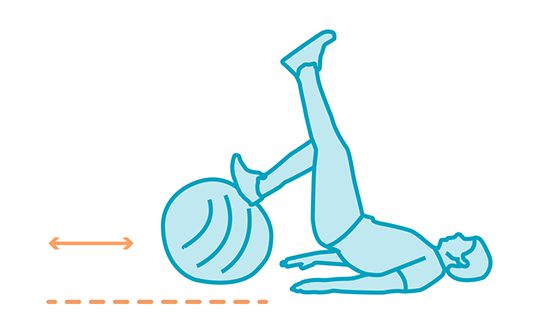
% MVC: 85%
- Protocol: 3 sets of 12–15 reps.
- Progression: Start with double-leg support, then progress to single-leg for higher demand.
- Notes: Avoid compensating with the lower back. Keep the core engaged throughout the full range of movement.
4. Hip Thrust
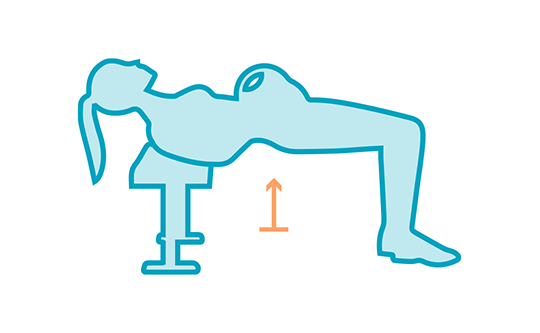
% MVC: 82%
- Protocol: 3–4 sets of 8–12 reps with progressive loading.
- Progression: Adjust weight as tolerated.
- Notes: Extend hips fully without arching the lumbar spine.
5. Leg Curl (Machine)
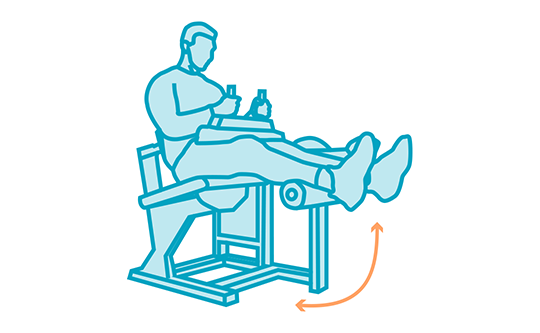
% MVC: 76%
- Protocol: 3–4 sets of 10–12 reps, with 2–3 seconds eccentric.
- Progression: Adjust range of motion and weight as tolerated.
- Notes: Avoid locking out the knees; control the movement to prevent bouncing.
6. Single-Leg Deadlift
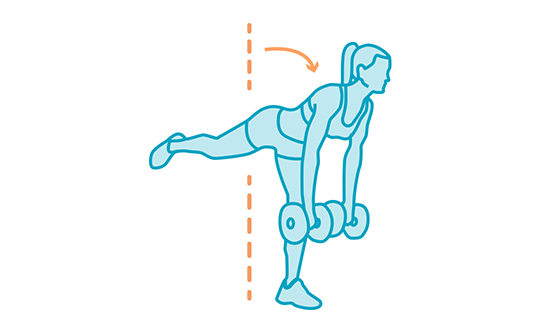
% MVC: 64%
- Protocol: 3 sets of 8–10 reps per leg.
- Progression: Start with bodyweight, then add a dumbbell or kettlebell.
- Notes: Hinge from the hips, not the lower back. Control knee and foot stability.
7. Kettlebell Swing
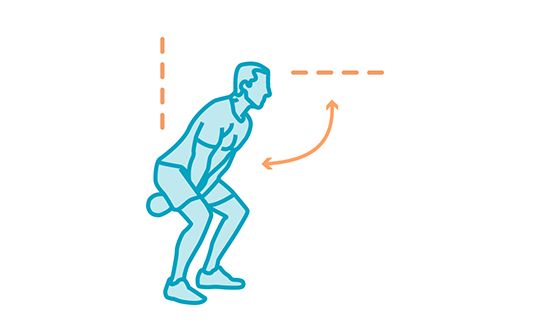
% MVC: 60%
- Protocol: 3–4 sets of 12–15 reps.
- Progression: Start light, increase load only with perfect technique.
- Notes: Drive from the hips, not the arms. Keep the back straight at all times.
8. Double-Leg Hamstring Bridge
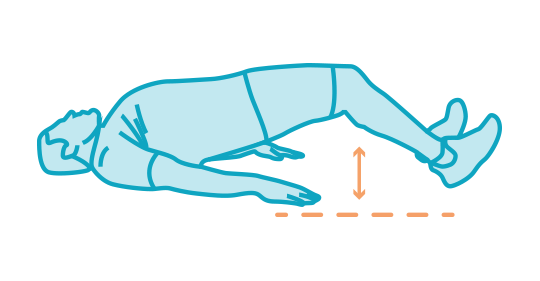
% MVC: 55%
- Protocol: 3 sets of 12 reps.
- Progression: Start with feet close to the pelvis, gradually increase distance.
- Notes: Prevent pelvic drop to one side. Keep core and glutes engaged.
9. Single-Leg Hamstring Bridge
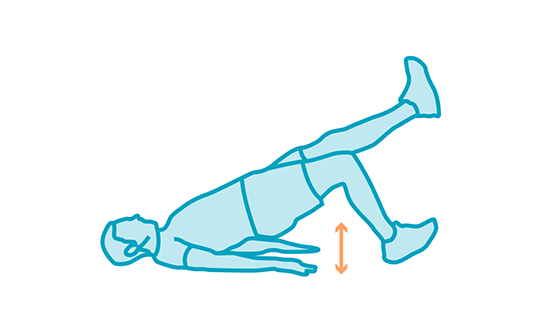
% MVC: 40%
- Protocol: 3 sets of 8–10 reps per leg.
- Progression: Once stable on the floor, progress to a Swiss ball.
- Notes: Avoid knee drifting outward.
Conclusions
- If the goal is hypertrophy, prioritize high-activation EMG exercises: Nordic Curl and Romanian Deadlift.
- For early rehab stages, hamstring bridges and Swiss ball curls are safer.
- Progressions must be gradual, with strict attention to technique to avoid lumbar compensation.
With this guide, you can select and adapt biceps femoris exercises based on the patient’s stage: rehabilitation, strength, or hypertrophy.
👉 Want to learn how to design training programs based on EMG-measured muscle activation?
Contact us at mDurance and start integrating EMG into your daily practice.

